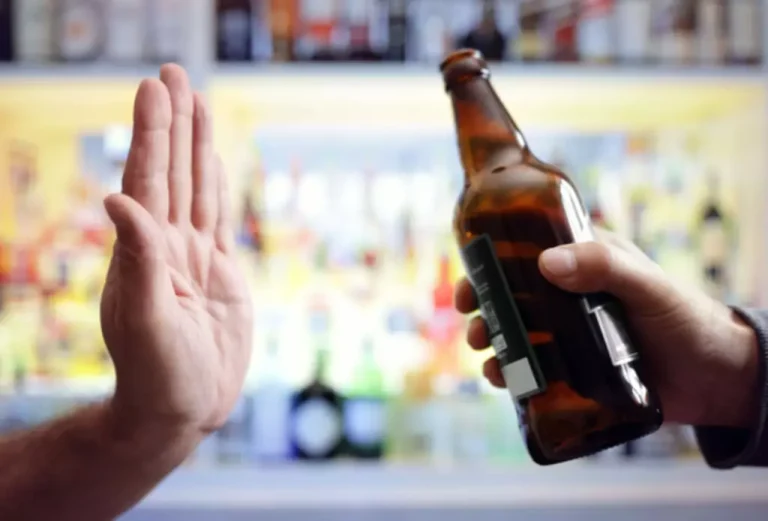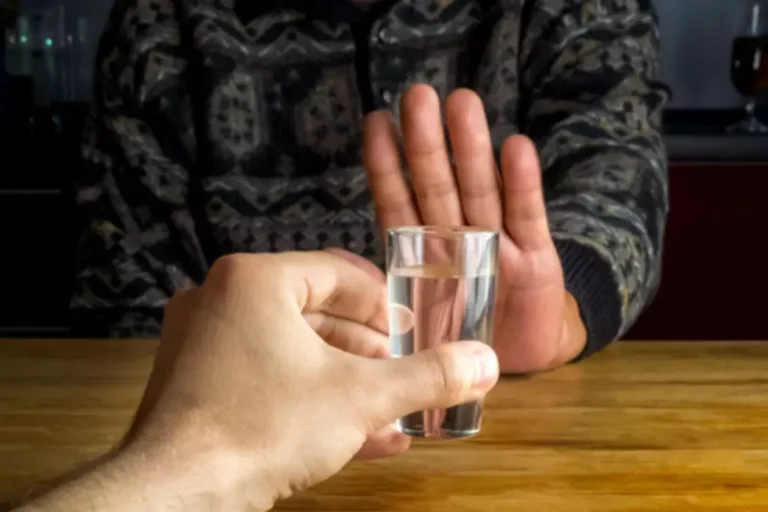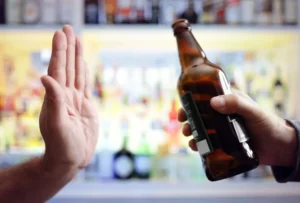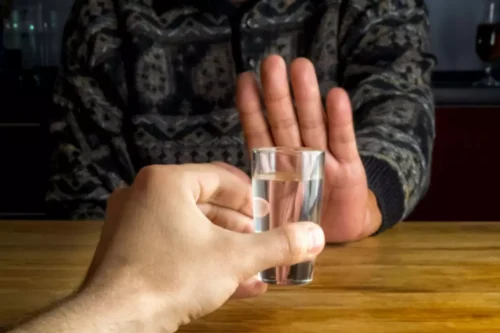
Once you’ve determined your limits, make it a point to track your drinking. A notepad or smartphone app can help you record how much alcohol you have. Sunnyside is one such mindful drinking app that allows and reminds you to track your daily alcohol intake. Having an action plan and goal in mind sets up a mental barrier that may help to curb your drinking.

Find Support
Most health professionals will offer various treatment options like this. Once a person identifies the activities and situations that can cue their cravings, they can work to avoid some of them. For activities and situations a person cannot or does not want to avoid, they can use strategies to overcome the cravings that occur. Having a long-term plan for managing alcohol cravings can help prevent and overcome them when they do occur. Alcohol cravings may occur for a variety of reasons, such as changes in brain chemistry, triggers, and habit formation.

Remember the Consequences of Drinking
For example, you’ll cut back on half a glass of wine each week until you hit your goal of 2 glasses of wine weekly. Counseling also provides a safe and supportive space to talk about your struggles without judgment or stigma. Sobriety Knowing that someone understands what you’re going through can make a big difference in your journey. Join 40,000+ People Who Receive Our Newsletter Get valuable resources on addiction, recovery, wellness, and our treatments delivered directly to your inbox. Joining support groups, such as Alcoholics Anonymous, can offer a sense of community and shared experiences.
- And you’ll be able to see your progress in dealing with them as they lessen over time.
- Furthermore, eating regularly and maintaining a balanced diet can keep your blood sugar levels stable, which may lessen alcohol cravings.
- For activities and situations a person cannot or does not want to avoid, they can use strategies to overcome the cravings that occur.
- Instead of giving in to an immediate urge, make a conscious decision to delay your response.
Learn Your Triggers

Cross addictions can also be behavioral — you quit drinking but develop a binge-eating disorder or gambling addiction. Remember, it is normal to experience cravings in recovery, and changing the way you react to them takes time. Knowing that you have options about how you respond to cravings is an essential part of maintaining your recovery goals—whether you’re cutting back or quitting completely. While it’s difficult to completely stop the urge to drink, there are several strategies to manage and mitigate these cravings.
This signal is telling you to have a drink, but it’s not controlling you. With practice, the urge can become a signal to use an urge coping strategy. For resources related to AUD, including how to get support, please visit the NIH website.
Foods That Actually Reduce Alcohol Cravings
Slow, deep breaths can calm your mind and reduce the anxiety or stress that often accompanies cravings. Over time, many people find their cravings easier to control and reduce in strength. When they occur, alcohol cravings can feel overwhelming, even if curb alcohol cravings they last only a few minutes. During this time, the brain transitions from incentive salience to habit formation. This can make it more likely a person will continue to consume alcohol.

What you could do is when you get home grab a change of clothes and head to the gym and watch TV from the treadmill. It’s important to break your drinking routine and mitigate triggers. Addressing the triggers at the source will go a long way and hopefully prevent you from experiencing cravings that lead to lasting changes. Learning to work through these emotions in a productive manner means you’re ready to take this seriously. For example, as part of a broader healthy lifestyle, Vitamin B1 (Thiamine) and B3 (Niacin) can help restore nervous system and brain health. Magnesium assists in relaxing the nervous system and managing sleep disturbances.
